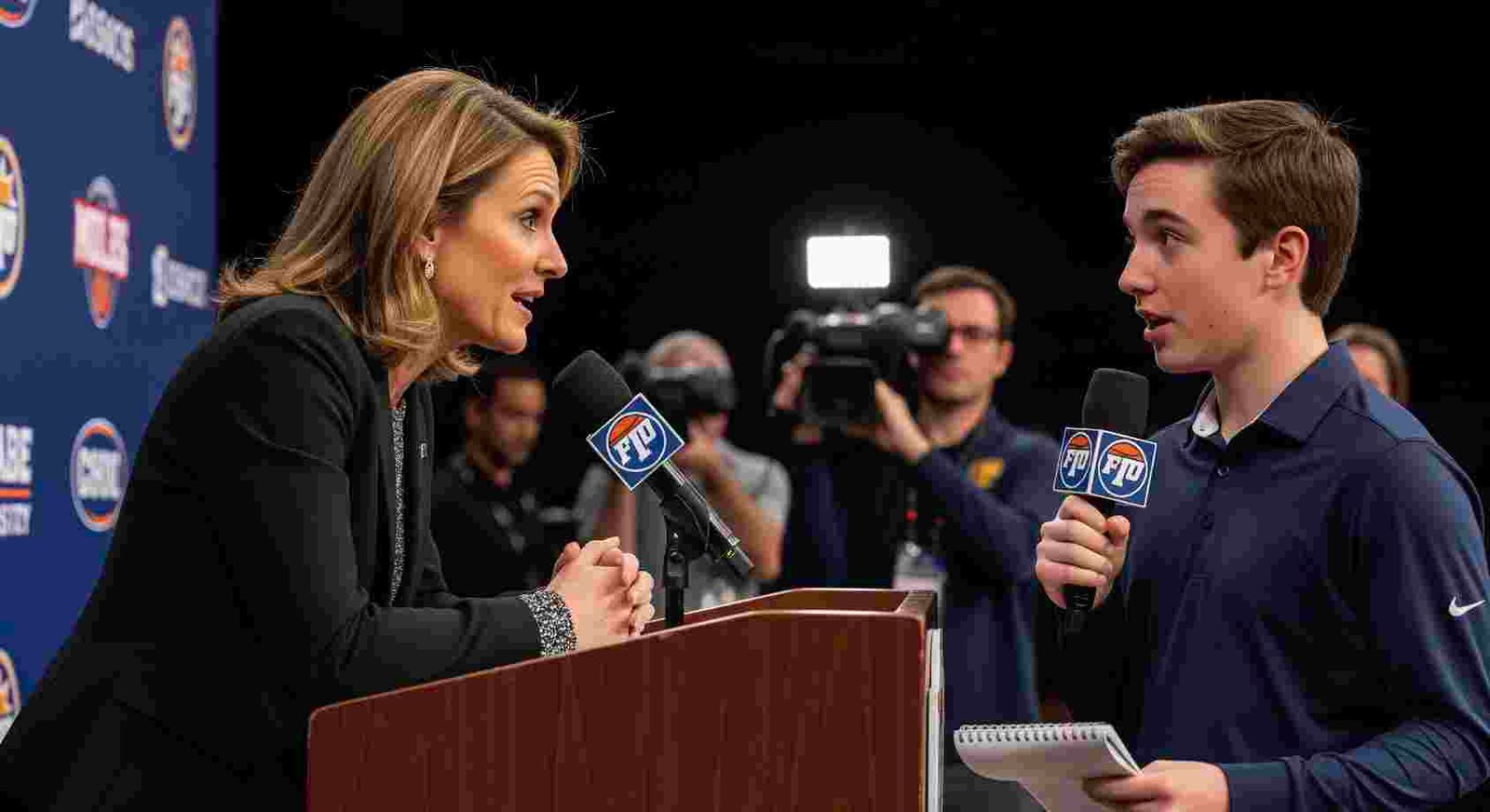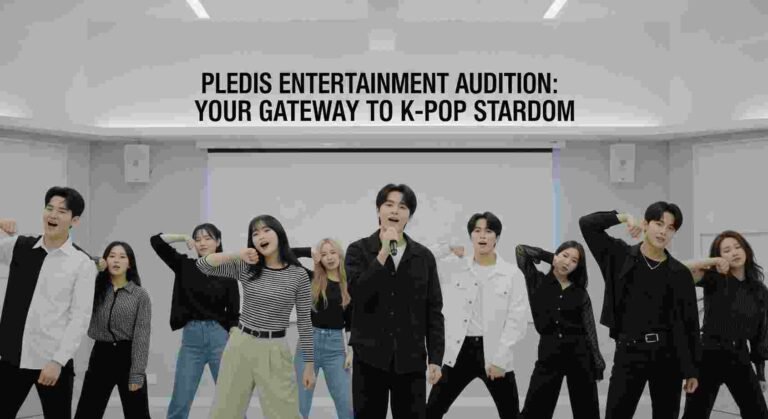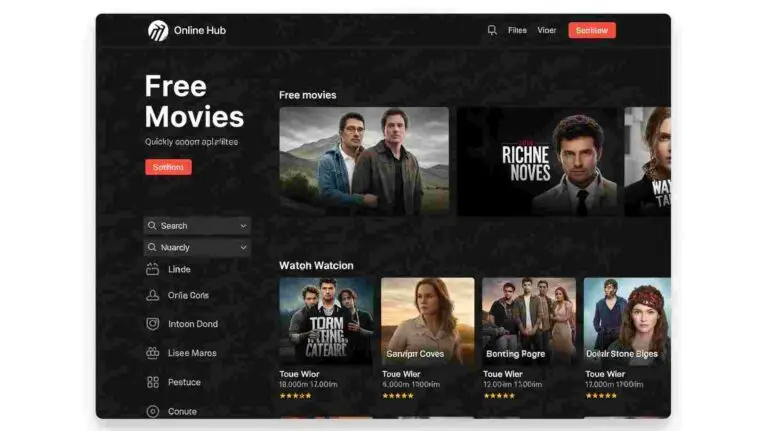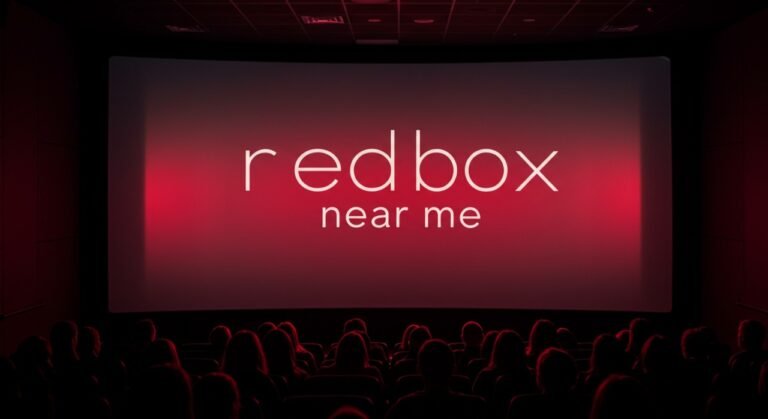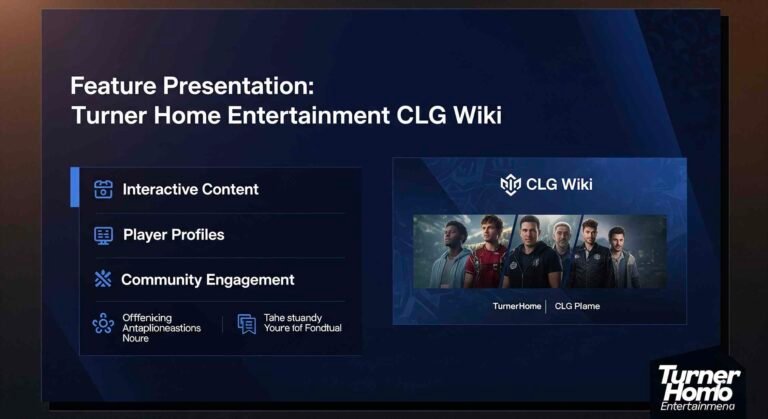Kim Mulkey and Student Reporter: A Teachable Moment in Sports Media
In the fast-paced world of sports, interviews often provide memorable moments. Sometimes they’re funny, inspiring, or even a bit awkward. One such moment that caught the internet’s attention involved Kim Mulkey and Student Reporter, the head coach of LSU’s women’s basketball team, and a student reporter during a post-game press conference.
This interaction quickly sparked conversations online, drawing both praise and criticism. But what really happened? And why did it strike such a chord with viewers?
Who is Kim Mulkey and Student Reporter?
Before diving into the situation, let’s understand who Kim Mulkey is. Kim Mulkey is a legendary figure in women’s college basketball. She has won multiple national championships—first with Baylor and then with LSU. Known for her bold fashion, fiery coaching style, and intense media presence, Mulkey is no stranger to the spotlight.
Her experience and success make her one of the most recognized and respected coaches in the sport today.
The Viral Moment: What Happened?
The incident occurred during a routine post-game press conference. A student journalist—likely gaining early career experience—asked Mulkey a question that many found straightforward and respectful. However, Mulkey’s response came across as surprisingly sharp or dismissive to some viewers.
While the full context matters, the short video clip shared online showed her giving a short, curt reply, followed by a look that seemed to say, “Next question.” It wasn’t what was said, but how it was said that stirred debate.
Internet Reactions: Mixed Opinions
The moment quickly spread on platforms like X (formerly Twitter), TikTok, and Reddit.
- Supporters of Mulkey said she was simply being direct and staying focused on the game. They argued that coaches face repetitive or poorly framed questions and have the right to respond as they see fit.
- Critics felt she could’ve handled the situation with more grace, especially given the reporter’s age and the learning nature of student journalism. Some felt it was a missed opportunity to encourage young media professionals.
In the age of viral clips, even a 15-second moment can turn into a public debate.
The Bigger Picture: Respect in Sports Media
This exchange highlighted a growing discussion in the sports world:
- How should professionals treat student journalists?
- Do experienced figures like coaches have a responsibility to foster growth in young reporters?
- Where’s the line between media training and tough love?
It’s important to remember that student reporters are learning. Many are working hard to build careers in journalism, and such interviews are part of their education.
Learning Moments on Both Sides
While Mulkey may have been direct, this moment can be a lesson for everyone:
- For Student Reporters: Always be clear, prepared, and confident. Interviewing high-profile figures is intimidating, but it’s also part of the job.
- For Coaches and Athletes: Even a short reply can be encouraging when delivered with kindness. Many journalists today will cover you tomorrow.
How LSU and the Student Responded
In follow-ups after the event, it appears there were no hard feelings. The student journalist reportedly remained professional and continued their reporting duties. LSU has a respected student media program, and experiences like this—positive or awkward—are part of the growth process.
There’s no official apology or controversy—just an online moment that went bigger than expected.
FAQs: Kim Mulkey and Student Reporter
Q.1 Who is the student reporter in the Kim Mulkey incident?
The student reporter was part of the LSU or visiting university’s student media, though their name was not widely publicized to protect privacy and reduce harassment.
Q.2 What was the question that led to the viral reaction?
The question was related to the team’s strategy or performance. It wasn’t offensive or inappropriate but received a blunt response that sparked debate.
Q.3 Did Kim Mulkey apologize?
As of now, no official apology was made. However, the incident did not escalate, and both parties seemed to move on professionally.
Q.4 Why did the internet react so strongly?
The internet often amplifies short clips. Many felt the moment reflected on how young journalists are treated, while others defended Mulkey’s direct style as normal for high-stakes coaching.
Q.5 What can young journalists learn from this?
Be confident, prepare well, and understand that not all interviews will go smoothly. Every interaction is a learning opportunity.
Conclusion
The interaction between Kim Mulkey and student reporter reminds us that sports media is about more than wins and losses. It’s about communication, respect, and growth—for both athletes and journalists. While the moment may have been brief, the conversation it sparked is valuable.
As fans and observers, we should encourage both seasoned professionals and new voices to engage with each other positively. After all, both are essential to the game—on and off the court.

